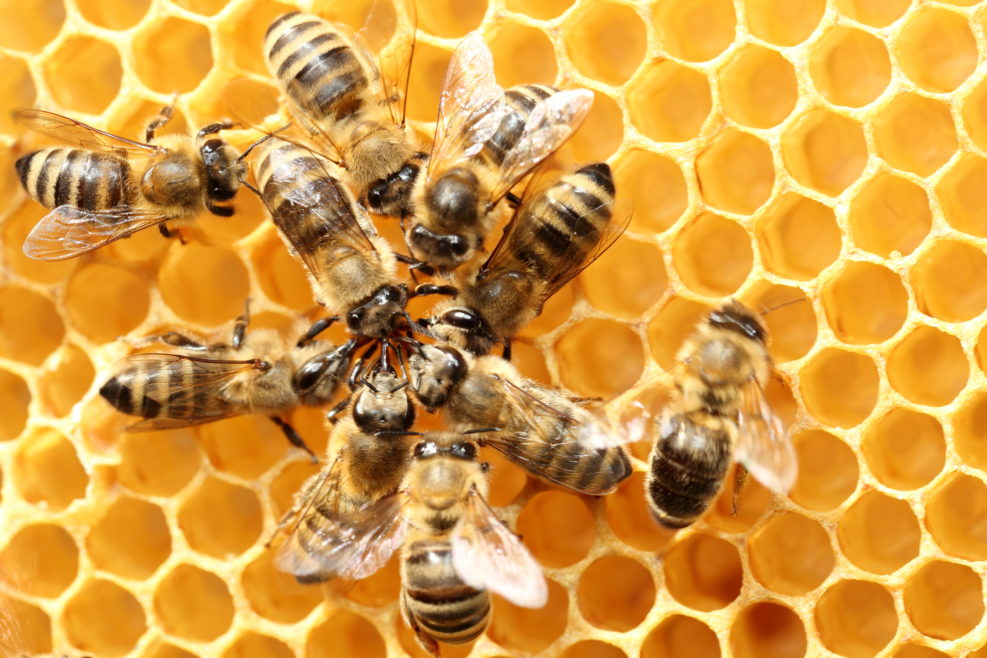
The Hive Mind: Leafcutter Ants Behave Like Farmhands But…
But they are actually following a colony algorithm rather than making individual decisionsEric Cassell, author of Animal Algorithms: Evolution and the Mysterious Origin of Ingenious Instincts (2021), tells us that his favorite type of ant (p. 97) is the leafcutter (Attini). Its complex fungus farming provides insight into the “hive mind,” in which a natural version of a computer algorithm enables highly complex decision-making. There are 39 known species of leafcutters in the American tropics, easily recognized as the long trails (up to 30 metres) of ants, all carrying pieces of leaves they have stripped from trees. They bring them into underground nests featuring perhaps a thousand chambers housing millions of ants. There they chew up the leaves and cultivate the fungus that feeds their larvae and themselves (along with plant sap). Read More ›
